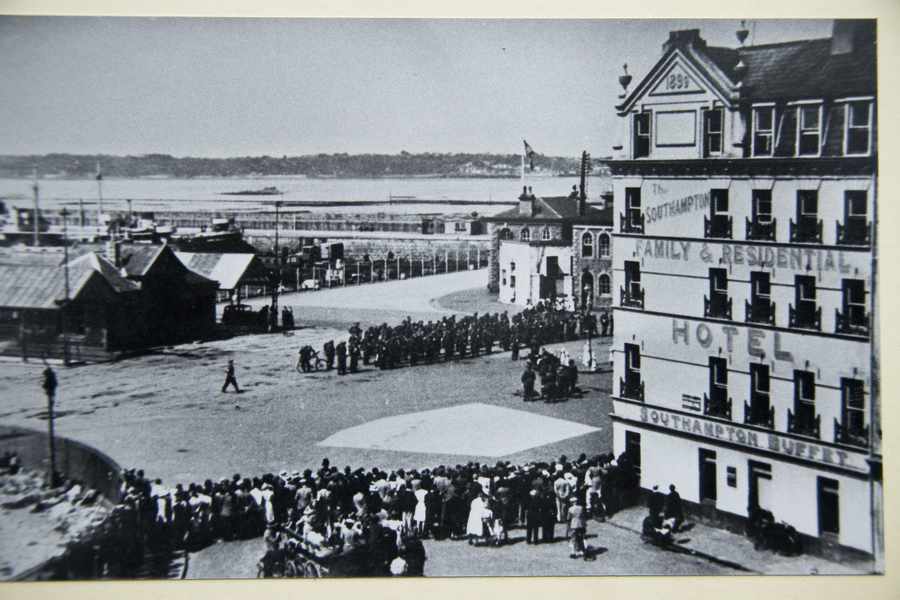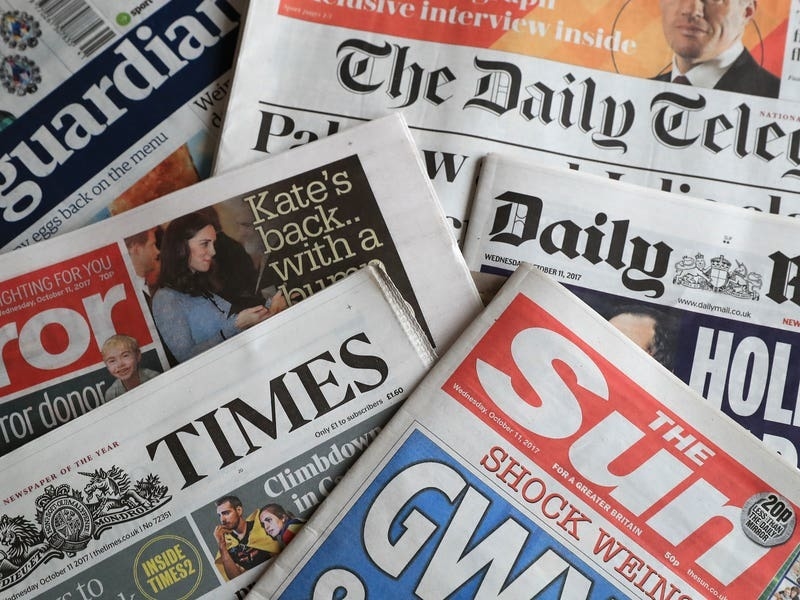After being covered for months by scaffolding and hoarding, the new look of the old Southampton Hotel has been revealed. Now called Weighbridge House, it contains offices and will soon have a downstairs restaurant and bar as well – Toby Chiang reports
WELL-loved buildings can, over the years, become like old friends for a community.
They crop up in the background of ageing photos, their presence is familiar and reassuring, and people notice when they are no longer around.
After nearly 200 years at the Weighbridge, the Southampton Hotel is one such building.
Look at Liberation Day photos and there she is, serving as a backdrop for the celebrations as thousands gathered to mark the return of freedom in May 1945.
Look further back to just before the beginning of the 20th century, and the Southampton can still be seen.
Like other places dotted around St Helier, the historic property also preserves the late Victorian architectural style and stands as a reminder of the Island’s social and economic history, having been built in response to the growth of Jersey’s shipping links and tourist industry in the early 1800s.
Developers Comprop have remodelled the building, taking care to keep and restore the historic façade of the property and match its style for the newly built sections.
The company, along with its owners, Sealyham Investments, have taken office space on the fourth floor, and the remaining space is now in the process of being leased.
At ground-floor level, construction workers are busy installing what will become a new restaurant and bar owned by the Liberation Group.

Steve Marie, the managing director of Comprop, said: ‘I started working on this properly probably in about 2008, so it’s been a long process.
‘We had the building and it was trading as a pub and nightclub, but it was in a poor state of repair.
‘That was the catalyst for us to say we needed to do something.
‘We looked at a refurbishment scheme, but that just wasn’t economically viable.
‘We had a look at what we could do with a new-building, bearing in mind that the façade was listed.
‘I thought preserving it was the right thing to do in the end, because it’s got such value from Liberation Day and all those types of things.
‘We went to a lot of trouble to get that façade correct so that it fits into the space and matches the existing historic front.’
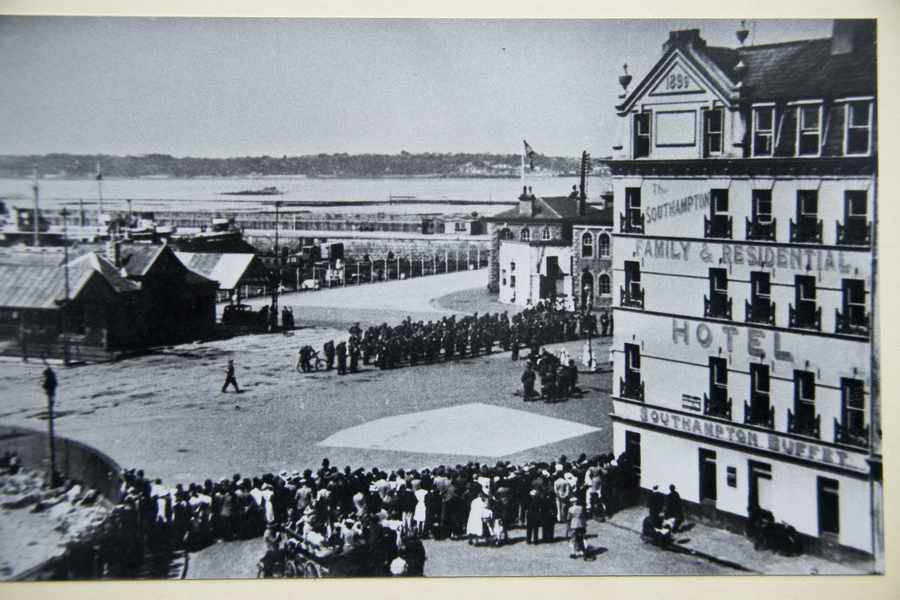
More than 30 contractors worked on the project, with the main features being carried out by builders Camerons, engineers Hartigan and M&E, Morris Architects and quantity surveyors Tillyard.
There is about 17,000 sq ft of internal space at the newly named Weighbridge House, which cost around £7 million in total.
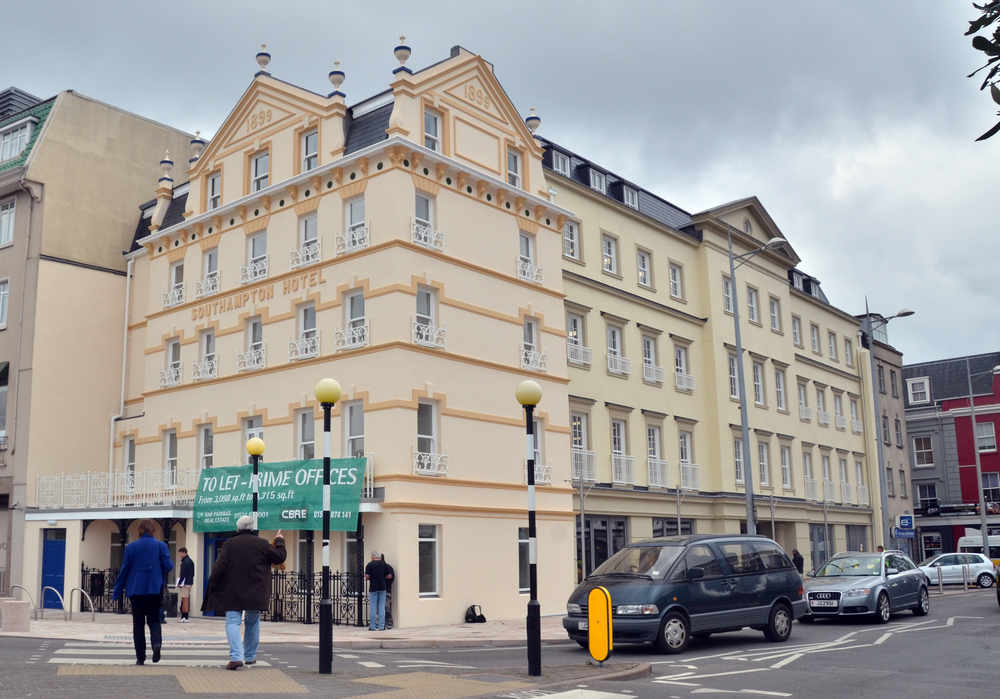
- 2007: Comprop buys the site from CI Traders
- August 2012: Plans to redevelop the building while retaining the historic frontage are submitted
- March 2013: Plans are approved
- November 2013: Main contractors Camerons begin work on the project
- October 2015: Work to remodel the main building is completed
Under Planning’s Percentage for Art scheme – a programme in which developers of large projects fund or provide public artwork – Weighbridge House contains a piece of glass artwork showing the SS Vega, the Red Cross ship that delivered much-needed supplied to the Channel Islands during the Occupation.
Comprop has also given money to build a stone arch at the Weighbridge in honour of those who left Jersey to fight in the First World War.
During the project, the Southampton’s historic façade was pinned in place while the rest of the building was demolished and rebuilt, before being reattached.
‘We’ve done a few projects now with historic elements, so we are used to that type of work,’ Mr Marie said.
‘It’s nice to have both part of a historic building as well as a new build.
‘And we’ve had such a good response from the public – everyone who talks to me about it thinks it’s a great building.
‘We’ve undertaken lots of projects over the years, but this has been, I think, one of he best ones we’ve done.
‘It was a difficult town site and a fairly narrow site, and I think it was managed very well.
‘The contractors and all those involved with the project can all stand back now and say that this was a nice one to be involved with.’
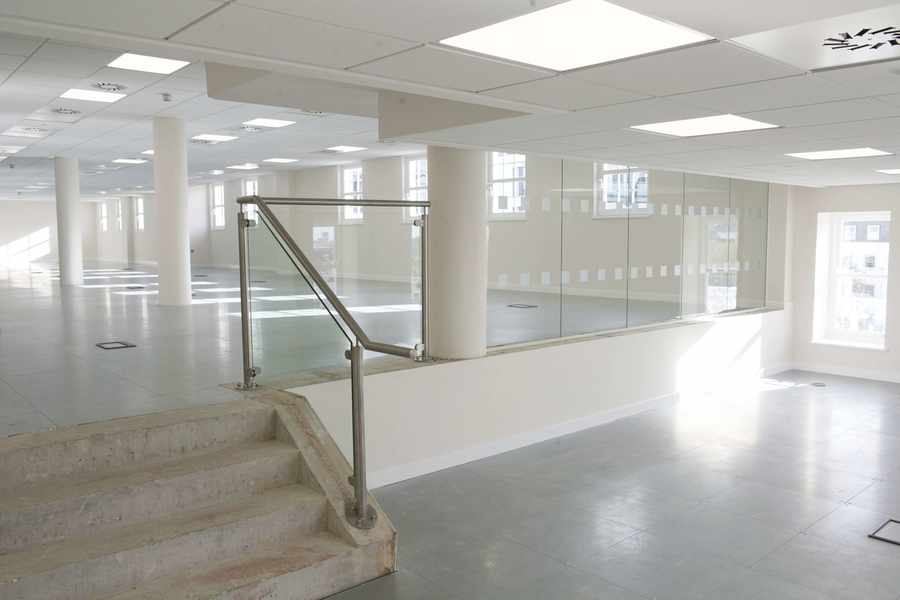
Hotel that was born in the boom of the 1820s
FOLLOWING the French Revolution, which ended in the late 1790s, Jersey saw a rise in its population with an influx of Gallic aristocrat refugees.
Steam ships also began to visit the Island more regularly, bringing thousands of people to the Channel Islands.
As a result, demand for housing went up and new streets in St Helier were built and new homes and guest houses erected.
The Southampton Hotel is thought to have been built in the early 1820s during a time of rapid growth in the Island linked with an increase in commercial and maritime activity.
Early photos show a three-storey building, but as trade and tourism expanded, the owners added another two floors to the property and refurbished it in the late 1890s.
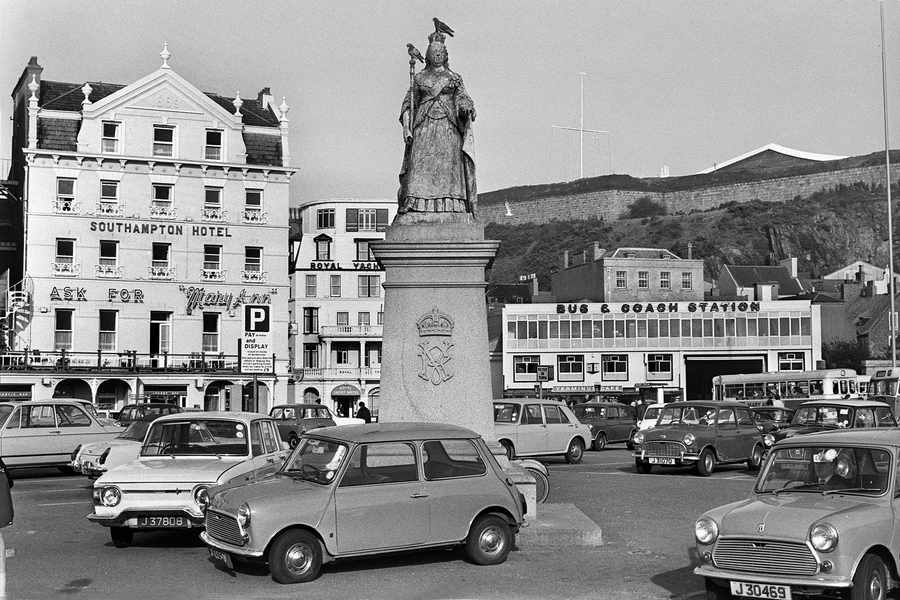
The States have classed the property as ‘a potentially listed building’ and the Island’s historic register says: ‘The building retains external architectural character in a prominent and central location.
‘It has been subject to physical alterations since it was constructed in the 1820/30s.
‘The external changes show in historic photographs and in the building fabric.
‘The external alterations now form part of its interest, with the building exemplifying the decorative seaside style of the late Victorian period.’

FOR many Islanders, the area round the Southampton Hotel brings back fond memories of probably the most important day in Jersey’s history:
BOB Le Sueur was 19 when the Germans invaded the Island in June 1940. During the Occupation he befriended Spanish forced workers and helped escaped Russian slave workers to shelter in Islanders’ homes.
He was later decorated by the Russian government.

Where were you on 9 May 1945?
I was with friends at the end of the Victoria Pier. The British troops actually landed on the Albert Pier and I had chosen the wrong one. It was a day of endless rumour and confusion as to where they were going to come in. By the time we had made our way to the Pomme d’Or Hotel the excitement to some extent had died down.
Can you remember how you felt on that day?
Deilirium was the only word to describe it. That evening, with a friend and a Russian escapee that the friend had been sheltering, I bicycled to a house overlooking Beaumont – which was strange in itself as there was no curfew. We opened a bottle of wine that had been kept for this occasion and we each had one glass.
What does Liberation Day mean to you?
It is something that I always commemorate. I go down to Liberation Square, where the golden oldies have special seating. I always feel so emotional and ready to burst into tears thinking about that extraordinary day. One didn’t realise just how much had been repressed from day to day. I had been involved in things that could have been very uncomfortable if I had been caught. You didn’t tell your closest friends what you were doing unless it was absolutely necessary. You didn’t have a free relationship with your family or your closest friends. Three or four days after Liberation Day I was standing on the corner by the Southampton Hotel (in St Helier) and two Spitfires came roaring over Fort Regent and I remember glancing up and seeing their markings and thinking ‘it’s all right, they’re ours’. And then I burst into tears. It was very embarrassing – I was 24 and in those days we were brought up being told that showing emotion in public was very bad form. I saw a man nearby and he must have been nearer 40 and he was the same. It was not just tears coming down my cheeks – I was sobbing.
